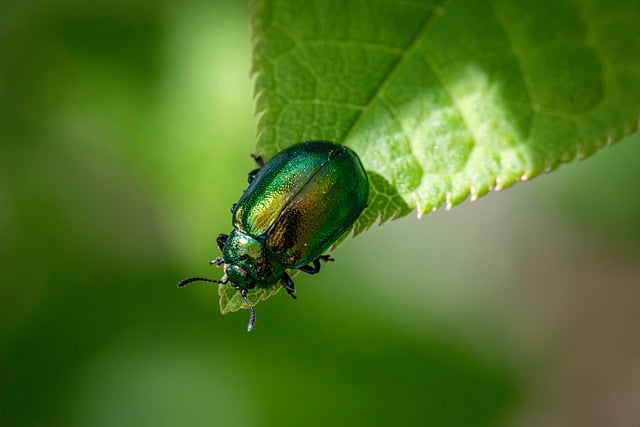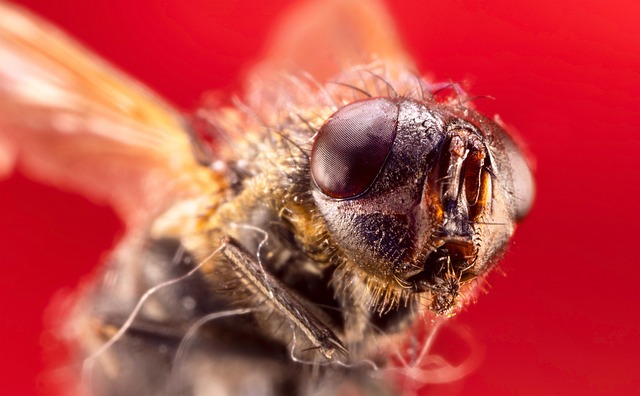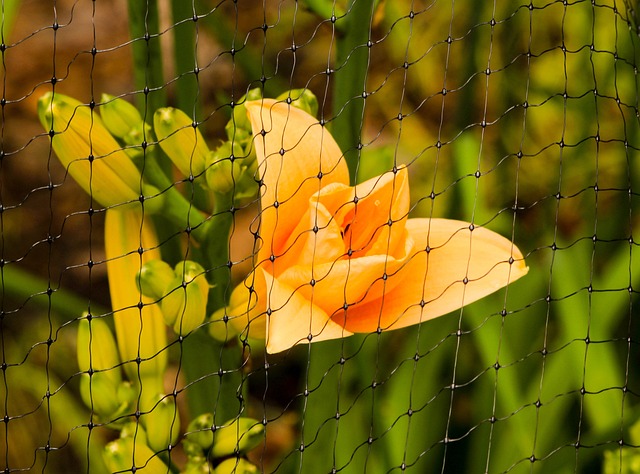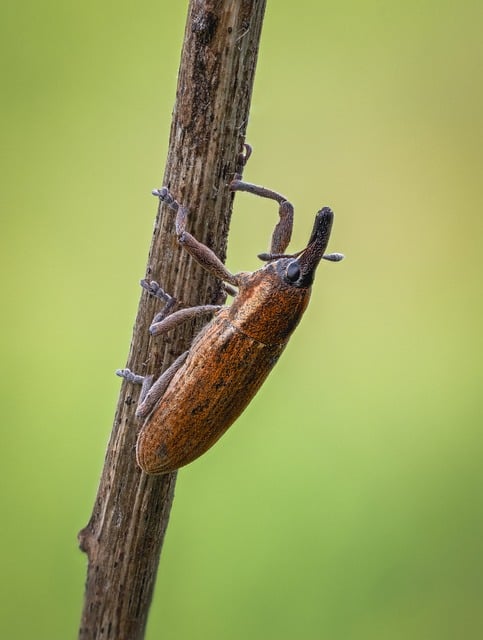Termites and rodents pose significant threats to homes, causing structural damage and health risks. Understanding their behaviors is key to effective Pest Control Services. Modern techniques offer eco-friendly alternatives to traditional chemical methods, utilizing essential oils, biological agents, and advanced technology like drones and smart sensors for precise treatments. Regular inspections, proper maintenance, natural repellents, and choosing reputable firms with tailored treatment plans are essential for long-term protection. Budgeting considers infestation severity and required treatments while balancing environmental concerns by opting for safer, environmentally friendly Pest Control Services.
“In every home or establishment, unseen guests can cause significant damage—termites and rodents. Understanding these pests is the first step towards effective pest control services. This article guides you through recognizing common species, their behavior patterns, and the extensive impact of infestations. We explore traditional methods, modern advancements, preventive tips for homeowners, and choosing the right professionals. Additionally, we delve into cost considerations and eco-friendly options, ensuring you’re armed with knowledge to protect your space from these persistent intruders.”
Understanding Termites and Rodents: Common Species and Behavior Patterns

Termites and rodents are common pests that can cause significant damage to homes and structures if left unchecked. Understanding their behavior patterns is crucial for effective pest control services. Termites, often referred to as “white ants,” are social insects living in colonies with a queen, workers, and soldiers. They feed on cellulose-rich materials, primarily wood, which makes them a threat to buildings and wooden furniture. Different species exhibit distinct behaviors; some are subterranean, constructing complex tunnel systems, while others live in trees or above ground.
Rodents, including rats, mice, and squirrels, are also prevalent household pests. They are highly adaptable and known for their ability to gnaw through various materials, causing structural damage. Rodent behavior varies by species—some prefer burrowing, creating intricate networks of tunnels, while others are more inclined to nest in elevated areas like roofs or attics. Recognizing these patterns is key to implementing targeted pest control strategies.
The Impact of Pest Infestations: Damage and Health Risks

Pest infestations, especially from termites and rodents, can cause extensive damage to structures. Termites are known for their ability to chew through wood, paper, and other cellulose materials, leading to structural instability over time. They can quietly chew away, often going unnoticed until significant damage has been done, making regular inspections crucial. Rodents, on the other hand, can create intricate networks of burrows and tunnels within walls and floors, causing physical destruction while also posing health risks. Their droppings and urine can trigger allergic reactions and asthma in sensitive individuals.
Beyond physical property damage, these pests can have severe health implications for occupants. Pest control services address these issues by employing specialized treatments and products to eradicate infestations. Regular pest control not only saves the cost of repair but also ensures a healthier living environment, preventing the spread of diseases associated with rodents and protecting valuable belongings from termite attacks.
Traditional Pest Control Methods for Termite and Rodent Management

In the arsenal of termite and rodent control, traditional pest control methods have long been relied upon as reliable solutions. These methods often involve chemical pesticides that are designed to target and eliminate infestations. Professional pest control services employ a range of chemicals, from liquid treatments to baits, to effectively manage these pests. Termites, in particular, are susceptible to certain insecticides that disrupt their colony structure, while rodents are controlled through toxicants or traps, depending on the severity of the infestation.
However, with evolving environmental concerns and health regulations, there’s a growing trend towards eco-friendly alternatives. Traditional methods may leave chemical residues, prompting the search for safer options. Natural pest control services now offer solutions like essential oil blends, biological agents, and non-toxic traps to combat termites and rodents. These modern approaches aim to minimize environmental impact while providing effective termite and rodent management, catering to consumers’ preferences for greener pest control services.
Modern Approaches: Advanced Technology in Pest Control Services

Modern approaches to pest control services, especially in the battle against termites and rodents, have seen a significant shift towards advanced technology. Traditional methods are being revolutionized by innovative tools and techniques that offer more precise, efficient, and eco-friendly solutions. One of the key players in this transformation is the integration of smart sensors and data analytics. These technologies enable professionals to monitor environments in real-time, detecting even the slightest signs of an infestation. This proactive approach allows for quicker response times, minimizing damage and the need for extensive treatments.
Additionally, remote-controlled devices and drones are being utilized to access hard-to-reach areas, delivering targeted treatments with greater accuracy. Heat treatment, for instance, can now be optimized using thermal imaging technology to ensure every corner is treated effectively. Similarly, baiting systems have evolved with the use of GPS tracking and smart dispensers, allowing operators to monitor and adjust the placement of baits more precisely. These modern approaches not only enhance the effectiveness of pest control services but also contribute to a more sustainable and environmentally conscious practice.
Preventive Measures: Homeowner Tips for Termite and Rodent Prevention

Termites and rodents can cause significant damage to your home, so taking preventive measures is crucial for long-term protection. As a homeowner, there are several simple yet effective tips you can implement to deter these pests from invading your space. Regular inspections are key; check for any signs of infestation or damage, especially in areas prone to moisture issues, as both termites and rodents are attracted by water sources. Keeping your home clean and decluttered is another powerful strategy; seal entry points like gaps in walls, floors, and doors, and ensure proper ventilation to discourage pests from seeking shelter.
Moreover, maintaining a pest-free environment involves using natural repellents like citrus oils or peppermint extracts, which can act as barriers against termites and rodents. Regularly trimming trees and shrubs away from your house creates less opportunity for pests to access your property. Additionally, professional pest control services can provide tailored solutions, offering inspections, treatments, and ongoing protection plans to safeguard your home effectively.
Choosing the Right Pest Control Company: What to Look For

When choosing a pest control company for termite and rodent issues, it’s crucial to conduct thorough research and select a reputable firm offering comprehensive pest control services. Look for companies that specialise in both residential and commercial treatments, ensuring they have experience handling specific pests like termites and rodents.
Verify their certification and licensing, checking if the technicians are trained and up-to-date with industry standards. Reputable firms should provide detailed proposals, outlining treatment plans, products used, and pricing transparently. Customer reviews and testimonials can also give insights into their service quality and reliability, helping you make an informed decision to protect your property effectively.
Cost Considerations: Budgeting for Effective Pest Control Services

When it comes to budgeting for termite and rodent control, understanding the cost considerations is essential. The pricing of pest control services can vary widely based on several factors such as the extent of infestation, the size of your property, and the specific treatments required. It’s important to note that investing in professional Pest Control Services is often more cost-effective than waiting for severe damage or health risks to arise from an untreated infestation.
One of the key aspects driving costs is the complexity of treatment needed. Termite control, for instance, may involve soil treatments, baiting systems, or wood treatments, each with its own price point. Rodent control can range from simple repellents and traps to more comprehensive strategies like exclusionary measures and habitat modification. Moreover, ongoing maintenance and regular inspections are crucial to prevent re-infestation, which adds to the overall cost but ensures long-term protection.
Environmental Impact and Safety: Eco-Friendly Pest Control Options

When considering termite and rodent control, it’s crucial to balance effective pest management with environmental impact and safety. Many traditional pest control methods employ harmful chemicals that can contaminate soil, water sources, and even contribute to air pollution. As such, there’s a growing demand for eco-friendly alternatives offered by reputable pest control services.
Biological control, use of natural predators, and non-toxic baiting strategies are among the safer options. These methods not only minimize environmental harm but also promote a healthier ecosystem. Additionally, using organic pesticides derived from plants can be an effective way to deter termites and rodents without leaving behind toxic residues. Opting for these eco-conscious pest control services ensures that your home or property is protected while preserving the balance of nature.
